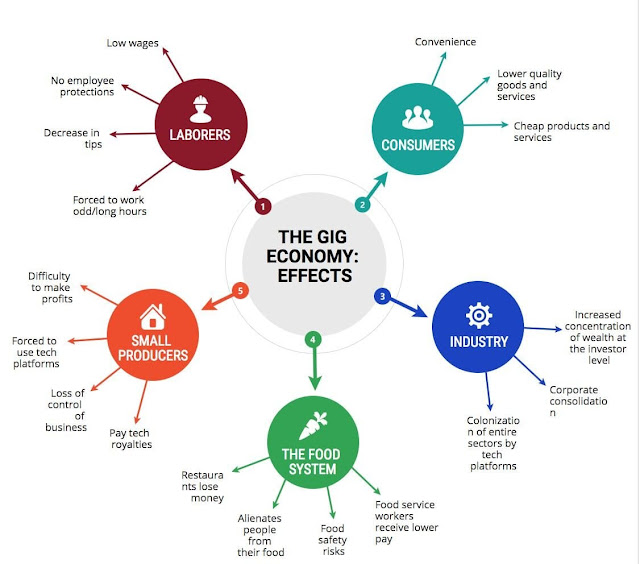Great catastrophes and tough times bring both miseries and opportunities to the individuals and the economy. Indian industries have been looking at ways to spur the demand for their products and services, the last decade fuelled India's economic growth as countries across the world found out that the white-collared workers available in India were not only affordable compared to the workers in their respective countries but were also more productive and helped create better ROI for the organisations that were hired.
Though India has made its mark in the last decade by being the best outsourcing option for countries across the world, the effect is ebbing off as we're facing competition from countries like Bangladesh, Indonesia and China and also the phenomenal development that has happened in the field of AI has reduced the need for companies to hire people for certain monotonous tasks.
But, not all is gloomy for India at this moment, there is one industry rather one part of the economy which seems to be flourishing which has helped companies and individuals to reach out to their customers without having to be present in front of them. The blue-collar workers involved in the gig economy in the last half-decade with the help of great tech uni-corns like Amazon, Swiggy, Ola, Flipkart and many others have made the professional services industry across the country realise that delivery/movement of goods and services is not just about convenience and it can be the biggest value differentiator and will soon be one of the best channels for explosive revenue creation for companies.
India has always been known for having a large pool of informal gig workers, such as contract workers on construction sites — but Covid-19 is speeding up this trend even more.It’s a fight for skills and talent that will drive the business and talent models, gig workers will certainly assume a strong place in the future workforce.
This led to our curiosity, can all movement of goods and people be outsourced, will people who have to move expensive goods like jewellery, documents and passenger vehicles be comfortable with the idea of outsourcing the delivery of goods activity.
Fortunately, the answer is yes. The development in tech and connectivity have enabled companies to build products and services which not only helps professional services and premium services providers to not only track the movement of goods, but also help to monitor the experience the customer feels when he receives your company's product/service.
The automobile after-sales industry has had a major shift in the last decade as the customers are pressed for time, acquiring business from customers by picking-up and dropping-off of vehicles for customers. Also the longer call-time that the Customer Service Executive(CSE) with the customer gives more up-sell and cross-sell opportunities for the CSE.
Here is the case-study provided by the organisation 21 North Europ Assistance who have not just made a break-through into the automotive after-space market but has become a pioneer through their exemplary vehicle movement management services and have scaled up their presence from one city in 2015 to 22 cities across India in 2021 and have also successfully expanded to South-East Asian and European Markets(https://www.21north.world).
For car service centers, it becomes crucial to pickup and deliver as many vehicles as possible without getting entangled with the responsibility of handling a humongous driver workforce.
It is therefore imperative for vehicle service centers to acquire more business through pickup and drop-off of vehicles. Though service centers have been engaging drivers under their payroll for the movement of vehicles, the fact that more drivers will be required to bring more business meant developing and maintaining an additional infrastructure for managing the drivers. With the advancement of technology and connectivity, now the service centers too have the option of picking-up and drop-off more vehicles without having to hire more drivers and incur more fixed cost.
Author: Govind B V
(Interested in understanding business and revenue models of companies and help companies to identify and adopt revolutionary value differentiators to expand their value proposition and deliver exemplary customer experience.)



